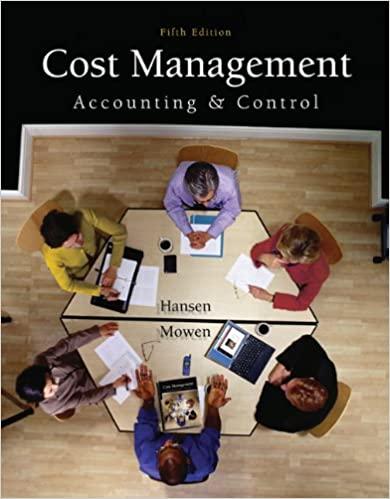FVAD $1 PVAD $1 Present and future value tables of $1 at 3% are presented below: N FV $1 PV $1 FVA $1 PVA $1 1 1.0300 0.9709 1.0000 0.9709 2 1.0609 0.9426 2.0300 1.9135 3 1.0927 0.9151 3.0909 2.8286 1.0300 1.0000 2.0909 1.9709 3.1836 2.9135 4 1.1255 0.8885 4.1836 3.7171 4.3091 3.8286 5 1.1593 5.3091 4.5797 5.4684 4.7171 0.8626 0.8375 6 1.1941 6.4684 5.4172 6.6625 5.5797 7 1.2299 6.2303 7.8923 6.4172 0.8131 0.7894 8 1.2668 7.0197 9.1591 7.2303 7.6625 8.8923 10.1591 11.4639 9 1.3048 0.7664 7.7861 10.4639 8.0197 10 1.3439 8.5302 11.8078 8.7861 11 1.3842 12.8078 9.2526 13.1920 9.5302 0.7441 0.7224 0.7014 0.6810 12 1.4258 14.1920 9.9540 14.6178 10.2526 13 1.4685 15.6178 10.6350 16.0863 10.9540 14 1.5126 0.6611 17.0863 11.2961 17.5989 11.6350 15 1.5580 0.6419 18.5989 11.9379 19.1569 12 2961 16 1.6047 0.6232 20.1569 12.5611 20.7616 12.9379 Shane wants to invest money in a 6% CD account that compounds semiannually. Shane would like the account to have a balance of $250,000 four years from now. How much must Shane deposit to accomplish his goal? $215,650 $197,350. $175.350. $155,800 FVA $1 Present and future value tables of 1 at 9% are presented below. N PV $1 FV $1 PVA $1 FVAD $1 1 0.9174 1.0900 0.9174 1.0900 2 0.8417 1.1881 1.7591 2.2781 3 0.7722 1.2950 2.5313 3.5731 4 0.7084 1.4116 3.2397 4.9847 1.0900 2.0900 3.2781 4.5731 5 0.6499 1.5386 3.8897 6.5233 5.9847 6 0.5963 1.6771 4.4859 8.2004 7.5233 Ajax Company purchased a five-year certificate of deposit for its building fund in the amount of $300,000. How much should the certificate of deposit be worth at the end of five years if interest is compounded at an annual rate of 9%? $1,166,910 5194,970 $327,000 5461,580 Present and future value tables of 1 at 9% are presented below. N PV 51 FV $1 PVA S1 FVAD $1 1 0.9174 1.0900 0.9174 1.0900 2 0.8417 1.1881 1.7591 2.2781 FVA $1 1.0900 2.0900 3 0.7722 1.2950 2.5313 3.5731 3.2781 4 0.7084 1.4116 4.9847 4,5731 3.2397 3.8897 5 0.6499 1.5386 6.5233 5.9847 6 0.5963 1.6771 4.4859 8.2004 7.5233 How much must be invested now at 9% interest to accumulate to $25,000 in five years? $22,935.00 $16,247.50. $14,907.50. $17,710.00 FVA $1 1.0900 Present and future value tables of 1 at 9% are presented below. N PV $1 FV $1 PVA $1 FVAD $1 1 0.9174 1.0900 0.9174 1.0900 2 0.8417 1.1881 1.7591 2.2781 3 0.7722 1.2950 2.5313 3.5731 4 0.7084 1.4116 3.2397 4.9847 5 0.6499 1.5386 3.8897 6.5233 6 0.5963 1.6771 4.4859 8.2004 2.0900 3.2781 3 4 6 4.5731 5.9847 7.5233 Mustard's Inc. sold the rights to use one of their patented processes that will result in cash receipts of $3,000 at the end of each of the next four years and a lump sum receipt of $5,000 at the end of the fifth year. The total present value of these payments if interest is at 9% is: $12,968.60. $29,167.60. $13,001.30. $12.308.80











